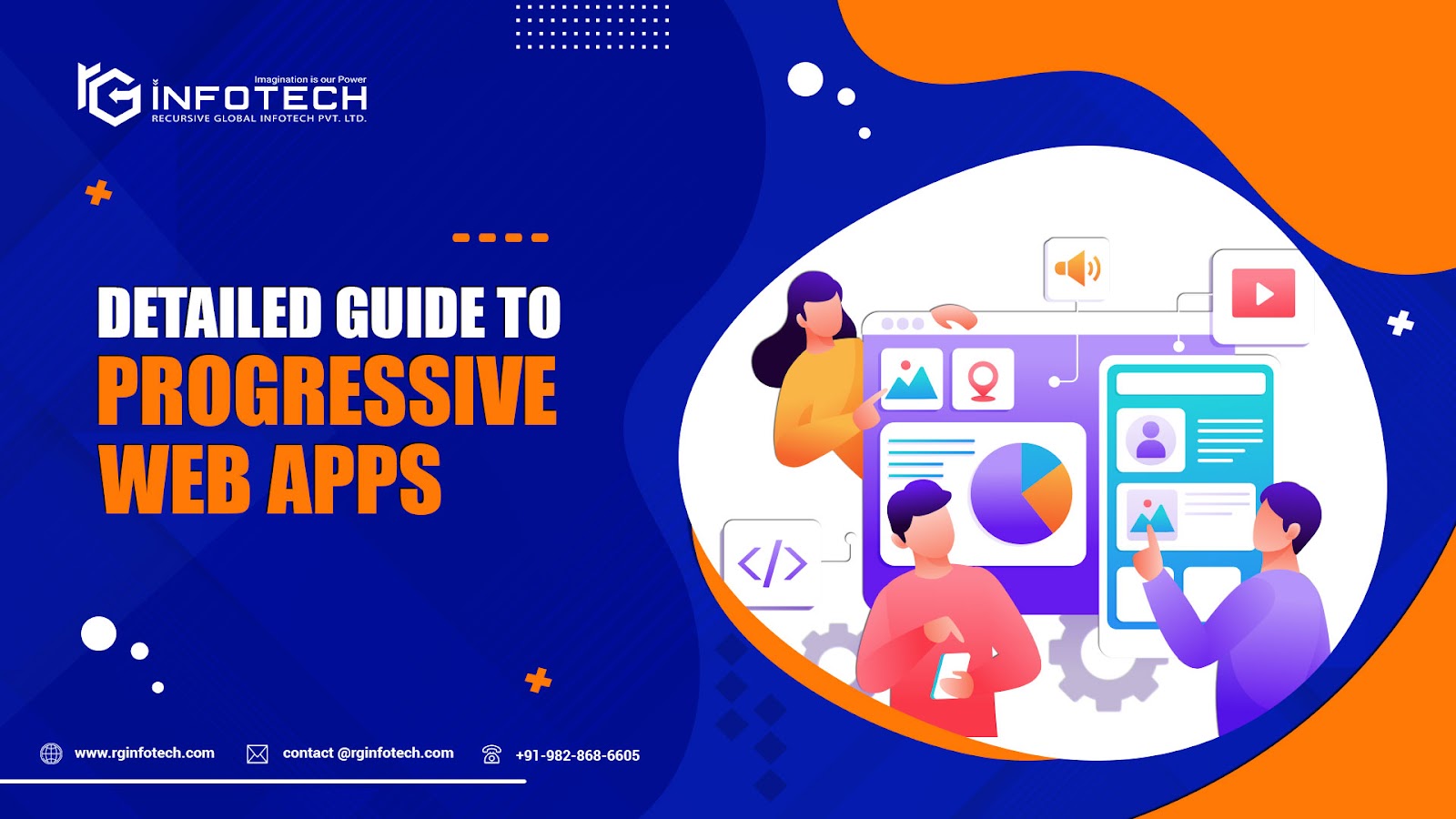How To Get Started With Cloud Native Application Development?
To this fast-growing technology market, it is important to integrate the latest technology with your application. The cloud-Native app is the combination of native app and cloud computing technology to build, run and design advanced applications. Cloud is easing the process of optimization, updates, and development of applications by speeding it up. Now, developers don’t have to sit back and make changes in the whole application. The independence in the app offers them the liberty of changing one component without affecting others.
In 2020, the global cloud application was worth $133.6 billion and is expected to go beyond $168.6 billion by 2025.
What are Cloud-Native Applications?
Cloud-native is a combination of small, independent, loosely coupled microservices. Such apps are built to provide business value, like the usage of customer reviews to improve the application better. Overall, cloud-native apps are a way of speeding up the optimization and development of existing apps to improve the user experience continuously.
Businesses started using cloud computing to enhance the scalability and availability of apps for users. And it helps them to automize the life cycle of apps from development to production. And to maximize the benefits of cloud computing, a whole new form of application needs to be built.
Key Features of Cloud-Native Application
Here are the key features to develop cloud-native apps:
Containers
Cloud-native talks about scalability and resilience. Containers behave like the backbone of such apps architecture and cloud-native provides independent services in the form of lightweight containers. Due to the high scalability of the apps, containers help the developers to deploy the app without worrying about the virtual cloud servers.
Language and Frameworks
Cloud-native apps understand multiple languages and for developers, it is easy to choose multiple language frameworks for different regions.
Using Node.js developers can write the UI and can use MicroProfile to write the API of Java. Developers who are using Java can go for MicroProfile Framework. Spring developers can opt for SpringBoot.
Microservices
Microservices in Cloud-native apps can be used to integrate the cloud environment. Microservices are independent services and can be deployed, upgraded, and scaled independently too.
Decoupling helps the developers to focus on the core functionality of services to deliver the best functionality. The independent approach towards the services makes lifecycle management efficient.
Operating System
Cloud-native apps work on a high abstraction level. They are not biassed for any particular OS. Moreover, such apps are independent of operating systems and servers. When microservices require any kind of Solid State Drives or GPU, then they are made by a subset of machines.
Infrastructure
The infrastructure in Cloud Native apps is deployed virtually. The infrastructure consists of hardware and software which includes operating systems, data centers, deployment pipelines, configuration management, and other systems/software essential to support the apps.
The infrastructure helps the business to improve the iterations and time to market.
Automation
It is one of the primary features of Cloud-Native App, but it requires a quite different approach. Automation technology is used to ease the process and to save time. Using automation in cloud-native apps can make it highly automated using the concept of infrastructure as code.
Tools used in Cloud-Native App Development
Docker - It is open-source to create, deploy, and manage virtual app containers via OS. Under this multiple containers can use the same OS without any contention.
Kubernetes - It is used to manage where and how the containers(orchestrate and Linux) will run.
Terraform - In terraform resources are defined as codes and apply version control, by which users can see the changes in resources.
Node.Js - The Node Javascript is used to create real-time app features like chat, a news feed, and microservices. Node.js creates virtual servers and then defines them as the routes of connecting the microservices to APIs.
Benefits of cloud-native applications
Cloud-Native applications are built to enjoy the app loading speed and efficiency through the cloud.
Budget-Friendly - Computing and storage resources can be managed as per requirement. The independence eliminates the need of balancing the load. In cloud-native apps, virtual servers can be added easily for testing and run fast. Containers can be used to increase microservices in the app which saves time and money.
Independently scalable - As all the microservices are logically isolated, and can be scaled independently. If anyone's service changes, it will happen independently. So, all the components need to update faster on cloud-native apps compared to others.
Portability - There are no vendors in the cloud-native app and use containers to port the microservices among multiple vendors.
Reliable - As all the services in cloud-native are independent failures in the app doesn't affect the other adjacent services because of the use of containers.
Manageable - As these apps use automation to deploy the new features and updates, developers can track all the updates. And the microservices appease it for the developers to manage the whole application.
Visibility - In cloud-native apps, as the microservice structure is there it isolates the services which make it easier for developers to study the functionality of the application.
Conclusion
In recent years, the use of cloud-native apps has increased. In 2020, there were almost 6.5 million Cloud-native developers across the world. As, the integration of cloud computing in native apps provides multiple benefits like independence, loading page speed, last storage required, etc. making it the perfect choice to design native applications. If you want to maximize the benefits of technology, hire experienced developers like RG Infotech.




Comments
Post a Comment